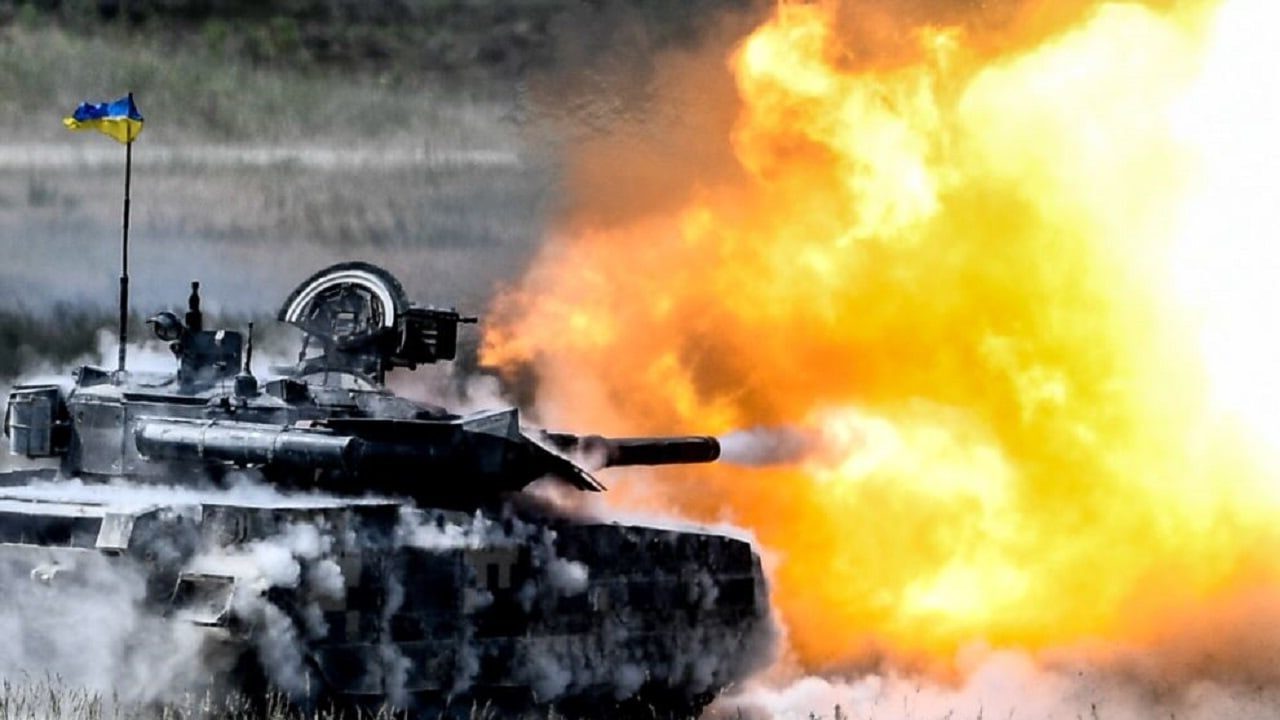Ukraine War Update: Day 98
On day 98 of the Russian invasion of Ukraine, the Russian military entered Severodonetsk, pushing the Ukrainian defenders back in many places. The Ukrainian Ministry of Defense assesses that the strategic city will likely fall in the next few days.
The Situation in the Donbas
In its daily estimate of the war, the British Ministry of Defense focused on the situation in the Donbas, where the Russian military has been making all of its recent gains.
“Russian ground operations remain tightly focused, with the weight of fire power concentrated within a small sector of Luhansk Oblast. Over 30-31 May, fighting intensified in the streets of Sieverodonetsk, with Russian forces pushing closer to the town centre. Over half of the town is likely now occupied by Russian forces, including Chechen fighters,” the British Military Intelligence assessed.
The Ukrainian political and military leadership seems to have decided to abandon Severodonetsk and not waste reinforcements and resources in its defense. This approach is in stark contrast to the battle of Mariupol, which went on for nearly three months before the last Ukrainian defenders surrendered to the Russian forces. To be sure, the Ukrainian forces in Severodonetsk have a much easier choice to pull back compared to what situation their comrades faced.
“Both the decision to avoid committing more resources to saving Severodonetsk and the decision to withdraw from it were strategically sound, however painful. Ukraine must husband its more limited resources and focus on regaining critical terrain rather than on defending ground whose control will not determine the outcome of the war or the conditions for the renewal of war,” the Institute for the Study of War assessed.
It seems like the Ukrainian commanders have decided to abandon the last large urban center of the Luhansk province despite—or because of—the fact that this will give a big political victory to Russian President Vladimir Putin.
The stated objective of the Kremlin is to capture the Donetsk and Luhansk provinces—and very likely annex them to the Russian Federation—and create a land bridge to Crimea.
In meeting those objectives, the Russian military is actually making some progress. But whether it will be able to sustain the progress in the long-term and finally achieve the Kremlin’s goals remains to be seen. What is certain is the fact that the Russian casualties are unsustainable.
The Ukrainian Ministry of Defense claimed that as of Wednesday, Ukrainian forces have killed approximately 30,700 Russian troops (and wounded approximately thrice that number), destroyed 208 fighter, attack, and transport jets, 175 attack and transport helicopters, 1,361 tanks, 659 artillery pieces, 3,343 armored personnel carriers, 207 Multiple Launch Rocket Systems (MLRS), 13 boats and cutters, 2,290 vehicles and fuel tanks, 94 anti-aircraft batteries, 519 tactical unmanned aerial systems, 49 special equipment platforms, such as bridging vehicles, and four mobile Iskander ballistic missile systems, and 120 cruise missiles shot down by the Ukrainian air defenses.
Gains in Eastern Ukraine, Losses in the South?
In the background of the fighting in the Severodonetsk and the Donbas is Kherson, a key Ukrainian city that has been captured by the Russian forces.
Over the past few days, the Ukrainian military has launched a series of counteroffensives in the vicinity of Kherson, steadily gaining ground. In the long-term, the Ukrainian decision to commit forces there and not in the Donbas might prove the better.
“Moscow’s concentration on seizing Severodonetsk and Donbas generally continues to create vulnerabilities for Russia in Ukraine’s vital Kherson Oblast, where Ukrainian counter-offensives continue. Kherson is critical terrain because it is the only area of Ukraine in which Russian forces hold ground on the west bank of the Dnipro River. If Russia is able to retain a strong lodgment in Kherson when fighting stops it will be in a very strong position from which to launch a future invasion. If Ukraine regains Kherson, on the other hand, Ukraine will be in a much stronger position to defend itself against future Russian attack. This strategic calculus should in principle lead Russia to allocate sufficient combat power to hold Kherson,” the Institute for the Study of War assessed in its latest update of the war.
Meanwhile, the Russian military continues to launch long-range fires throughout Ukraine but at a much slower pace because of shortages in precision-guided and stand-off munitions.
“Beyond the Donbas, Russia continues to conduct long-range missile strikes against infrastructure across Ukraine. The strategically important bridge links Ukraine with Romania and with Ukraine’s ports on the Danube, which have become critical to Ukrainian exports after the blockade of Ukrainian Black Sea ports by Russia,” the British Ministry of Defense stated.
1945’s New Defense and National Security Columnist, Stavros Atlamazoglou is a seasoned defense journalist specializing in special operations, a Hellenic Army veteran (national service with the 575th Marine Battalion and Army HQ), and a Johns Hopkins University graduate. His work has been featured in Business Insider, Sandboxx, and SOFREP.

